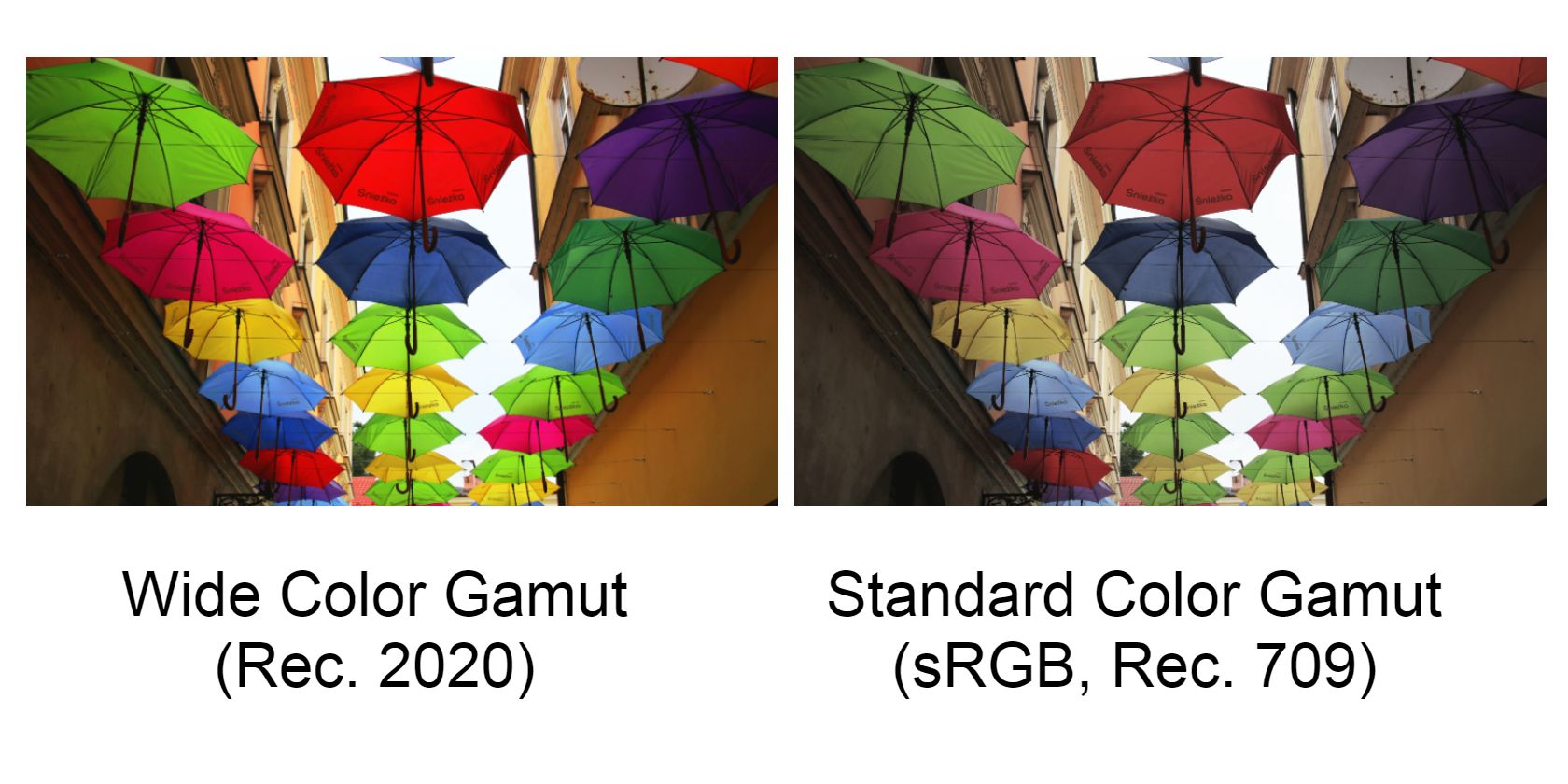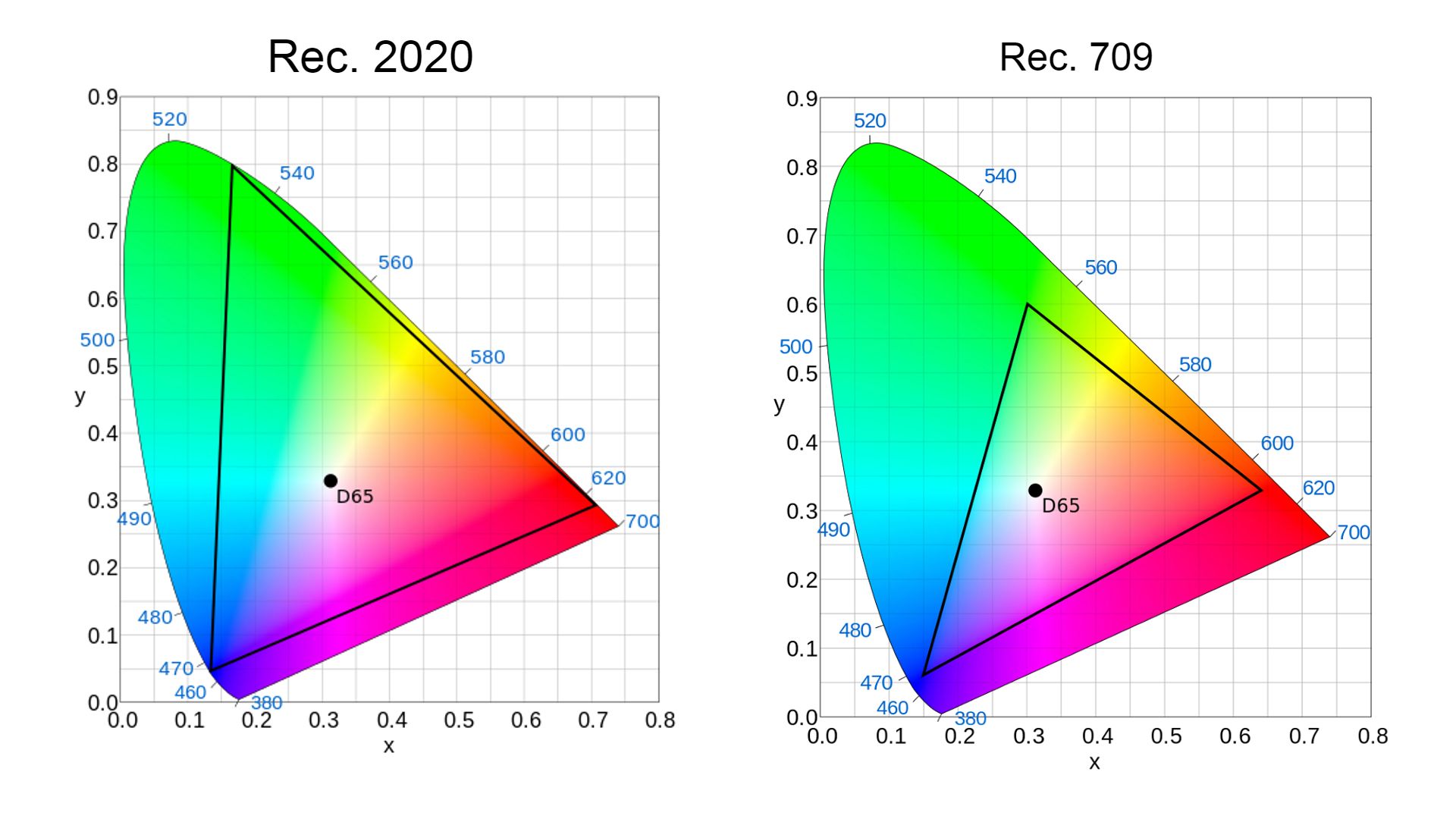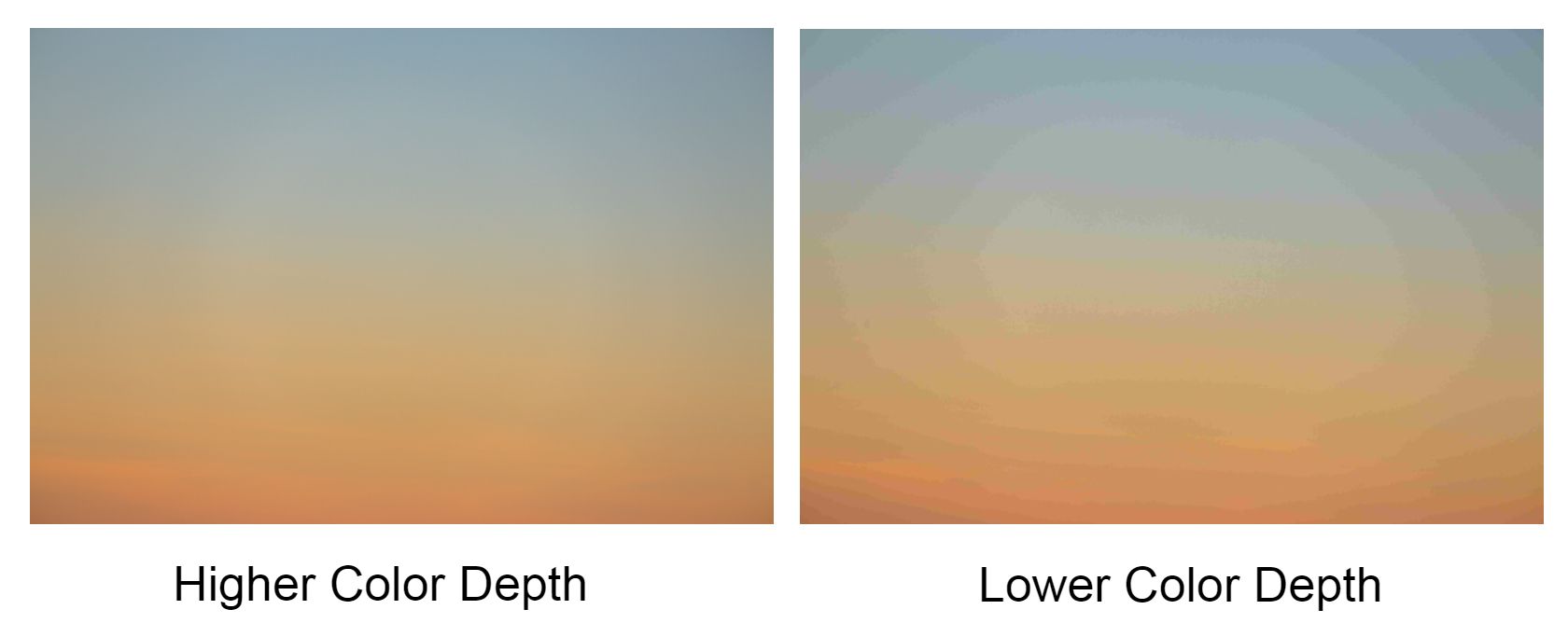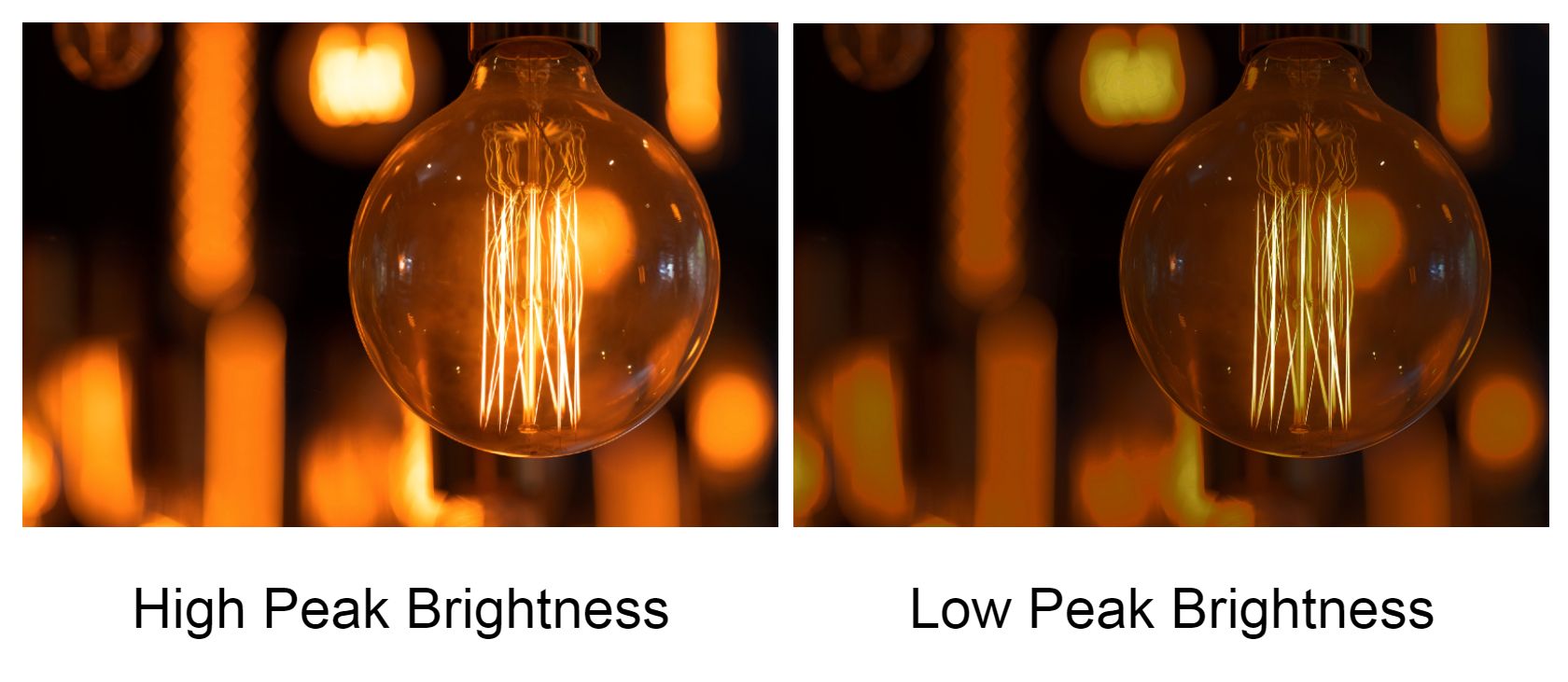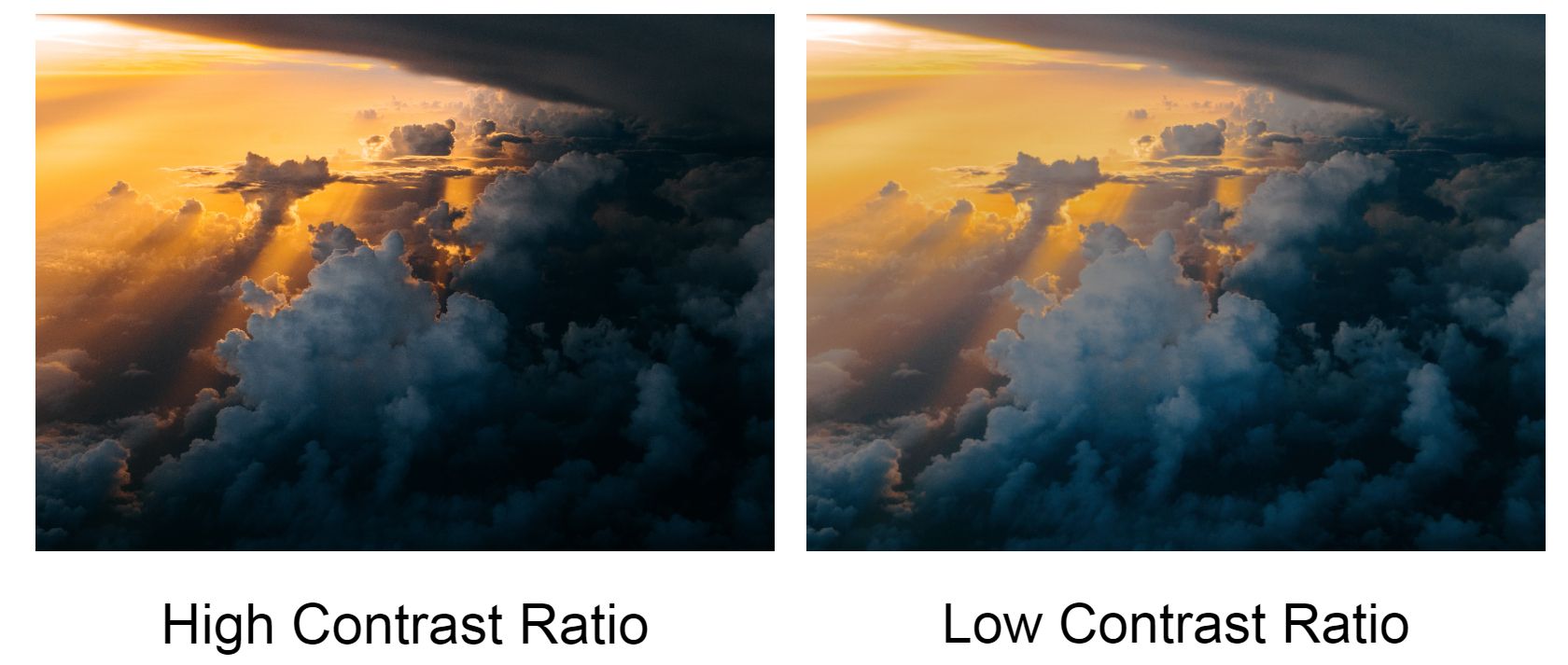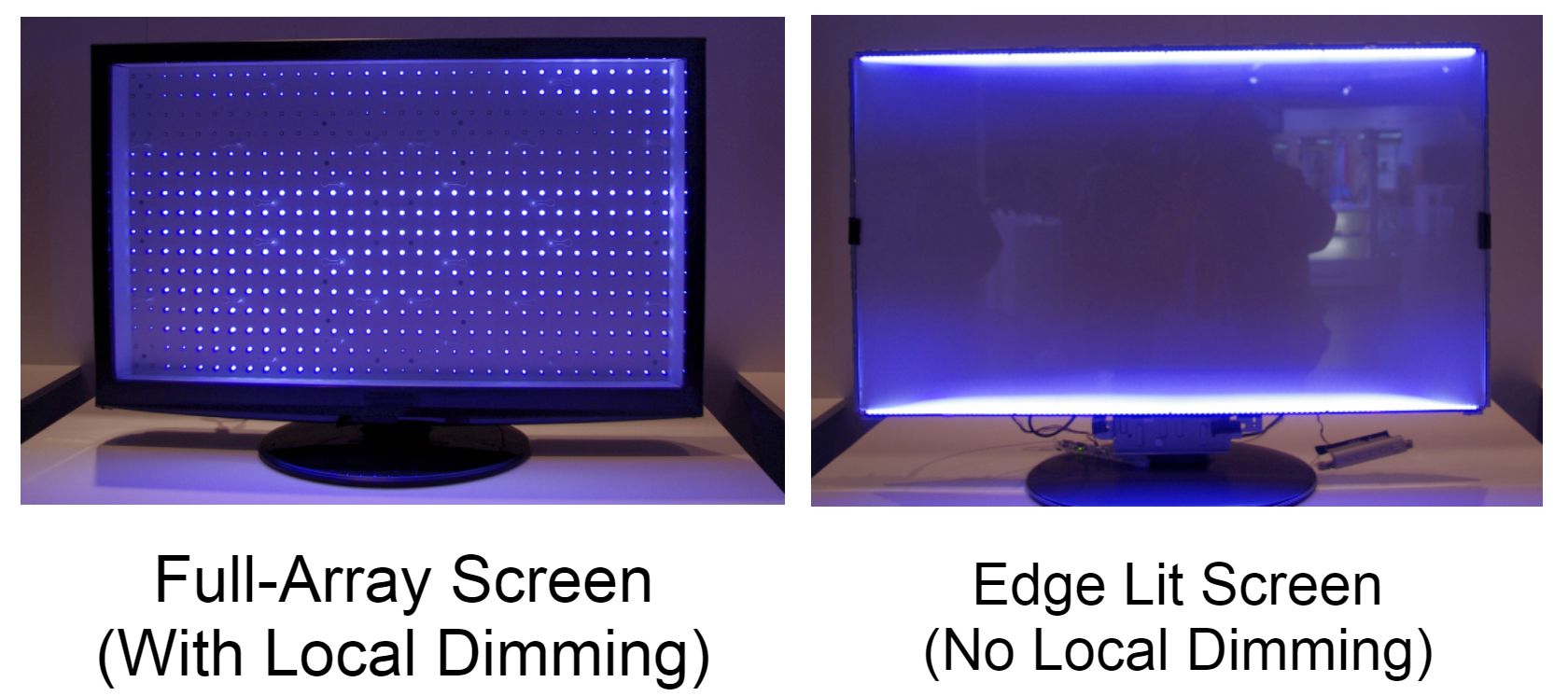HDR screens are displays that show color-accurate visuals with excellent exposures and contrasts. To make a screen HDR, it must comply with key specifications set by certifying bodies such as VESA. After a product passes certification, it can be advertised as an HDR display.
Although HDR logos and marking are useful to quickly identify an HDR display, relying on these logos alone can be confusing and often not enough to tell if a screen can actually provide great visuals. Here are five HDR specifications you'll want to check out to ensure you get a genuinely HDR-capable screen.
1. Color Gamut
A color gamut represents all the colors a screen can display. Capable HDR displays use a color space known as Rec.2020. This color space covers 75.8% of the CIE 1931 color space (theoretical colors visible to the human eye), a significant upgrade from sRGB and Rec.709 used in SDR displays. Here is an illustration comparing the difference between Rec.2020 and Rec.709:
As you can see from the illustration above, Rec 2020 can display more colors than Rec. 709. Although HDR displays are often thought to be capable of displaying Rec. 2020, there are HDR-certified displays that can only display the sRGB color gamut.
To ensure your screen is actually HDR capable, scan through the display's specifications and look for "Rec. 2020" or "BT. 2020". If the specifications did not list its color gamut, your best bet would be to buy your HDR screen from a reputable brand and avoid cheap displays from companies you've never heard of.
2. Color Depth
Unlike the human eye, which sees frequencies of light (colors) in an analog manner, digital displays need to be told what shade of a color to portray using numbers. Color depth or bit depth talks about the gradient of a specific color. The higher the bit depth, the more gradients or shades of a color a screen can display. A low color depth will result in gradients in color, which causes banding.
HDR screens will have a color depth of 8 to 12. An 8-bit color depth can portray 16 million colors, which isn't much of an upgrade from a regular SDR display. A 10-bit screen can display up to 1.07 billion colors, and a 12-bit screen can do over 68 billion colors!
Since the human eye can only see so many colors, the visual improvements you get from a 12-bit screen over a 10-bit screen are minimal, if not noticeable at all. So unless you are editing 12-bit videos or looking to future-proof your display, having a 10-bit display is all you need to watch HDR movies on the best streaming platforms.
3. Peak Brightness
Color spaces are often shown as 2D illustrations showing all the hues (unaltered primary and secondary colors) a screen can display. The truth is that color spaces are actually three-dimensional. The third dimension represents the brightness of a color.
The brighter your screen can get, the brighter colors your screen could display, and the more visible the visuals are in a bright environment. Having a higher peak brightness is also a bit contributor to a screen's dynamic range and contrast.
In digital displays, luminance or brightness is measured in nits or candela per meter squared (cd/m2). For HDR screens, the minimum brightness is 400 nits (400 cd/m2), and the maximum is 4,000 nits (4,000 cd/m2). In general, the higher the brightness of a screen, the better.
To ensure you get an HDR display capable of great contrast and dynamic range, aside from peak brightness, you should also consider the contrast ratio and what kind of dimming or backlight technology the screen uses.
4. Contrast Ratio
While peak brightness is all about how bright a screen can get, the contrast ratio is the difference between the brightest white and darkest black on display. A screen with a good contrast ratio can more realistically portray high contrast scenes needing high dynamic range: people standing behind a sunset, city lights at night, and explosions in a dark environment.
Having a poor contrast ratio display could result in washed-out colors and reduced details in very bright and dark scenes.
For displays using TN, VA, or IPS panels, a contrast ratio of 3,000:1 would be a good start.
According to RTINGS, a good contrast ratio would start at 3,000:1 for displays using TN, VA, and IPS panels. A higher contrast ratio generally means a higher dynamic range.
You should also note that there is a bell curve or diminishing returns as contrast ratios get higher. So, at the minimum, you'd want a contrast ratio of 3,000:1, but it would be better to find one with a higher contrast ratio, such as 20,0000:1, or even those with infinite ratios.
5. Local Dimming
Contrast ratio is what determines how bright and dark a display can get. The problem is that it doesn't say much about how a screen is being lit.
Local dimming is one of the most important aspects of HDR. Local dimming is the ability of a display to dim the brightness of a specific area or zone on the screen. A display with local dimming can dim hundreds of zones in a screen, vastly improving contrast. Without local dimming, edge-lit displays on a typical TV or monitor would only have around 1-16 dimming zones.
Although local dimming is required for most HDR displays, there are HDR certifications that do not require local dimming, such as VESA's DisplayHDR 400. So, to ensure you get a good quality HDR screen, buy a screen with specifications listing "Local Dimming" or "Full Array Backlight"—or just get an OLED display.
Unlike your typical LED panels such as TN, VA, and IPS, OLED panels do not use a backlight to illuminate their pixels. Instead, OLED uses thin carbon-based semiconductor sheets to provide light. This allows OLED screens to have a contrast ratio of infinity to one and have local dimming zones as many as the display's pixel count.
An OLED HDR screen provides the ultimate contrast ratio. However, there are two reasons why you may want to opt for a full-array display instead. The first reason is that OLEDs are expensive. The second reason is that the brightest OLED displays only have around 700 nits of peak brightness. So, if you plan to use your display in a brightly lit room, an OLED display might not be bright enough to combat glaring.
Alternatively, you can choose a QD-OLED TV that lets you have the best of both worlds—rich, deep blacks and clear, bright whites.
Things to Remember Before You Buy an HDR Screen
These are the five key specifications you need to look for when buying a new HDR display. Remember, check the screen's color gamut (BT2020/Rec.2020), color depth (10-bit or 12-bit), peak brightness (400-4000 nits for full-array displays), contrast ratio (3,000:1 or higher), and if it has local dimming capabilities.
Also, remember that a screen must have good levels of peak brightness, contrast ratio, and local dimming, as they go hand in hand to provide a high dynamic range in a display.
Lastly, when looking for HDR-related logos and trademarks, note that DisplayHDR XXX differs from HDR XXX. For example, DisplayHDR 600 is a much better certification as it tests for a display's color gamut, bit depth, and peak brightness. In contrast, HDR 600 only shows that the display can do a peak brightness of 600 nits.


